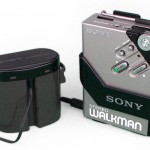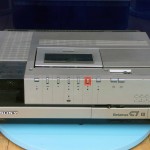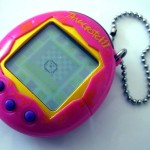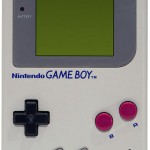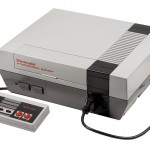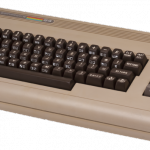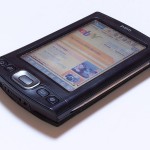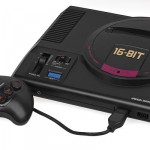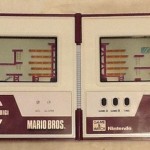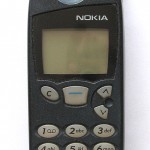Five years ago, launching a decent streaming platform took millions. Now? A teenager with a laptop can build something that reaches millions. That shift…
12 classic gadgets that will leave you feeling nostalgic

With additional reporting by Steven Norris
For those of us who grew up in the 80s and 90s, it’s sometimes difficult to look back at the gadgets that were hailed as so cutting edge when we were children without thinking, “Holy crap did I really carry that around in my pocket?”
Our smartphones, our consoles, our televisions, everything we use today is so much sleeker, slimmer, smarter, that it’s difficult to believe that once upon a time, we used to get by without them.
And so here is a list. Of awesome, clunky, old-fashioned gadgets that I loved. Once upon a time.

Sony Walkman (1989)
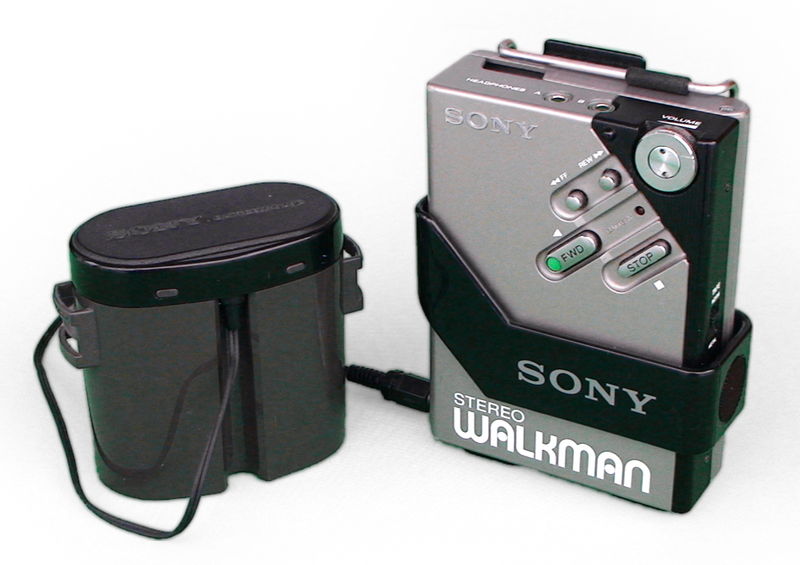
One of my favourite gadgets as a child was my Sony Walkman. In fact it might not have even been a Walkman, I don't remember now, but like so many products, the name stuck. This portable audio cassette player was used with earphones, and although the standard models only played back music, later models actually gave you the option to record audio (badly) as well through an in-built microphone. At the time of its release, the Walkman, or portable audio cassette player was groundbreaking, as it was low cost, came with stereo playback and two headphone jacks, allowing you and a friend to listen together.
Betamax (1975)
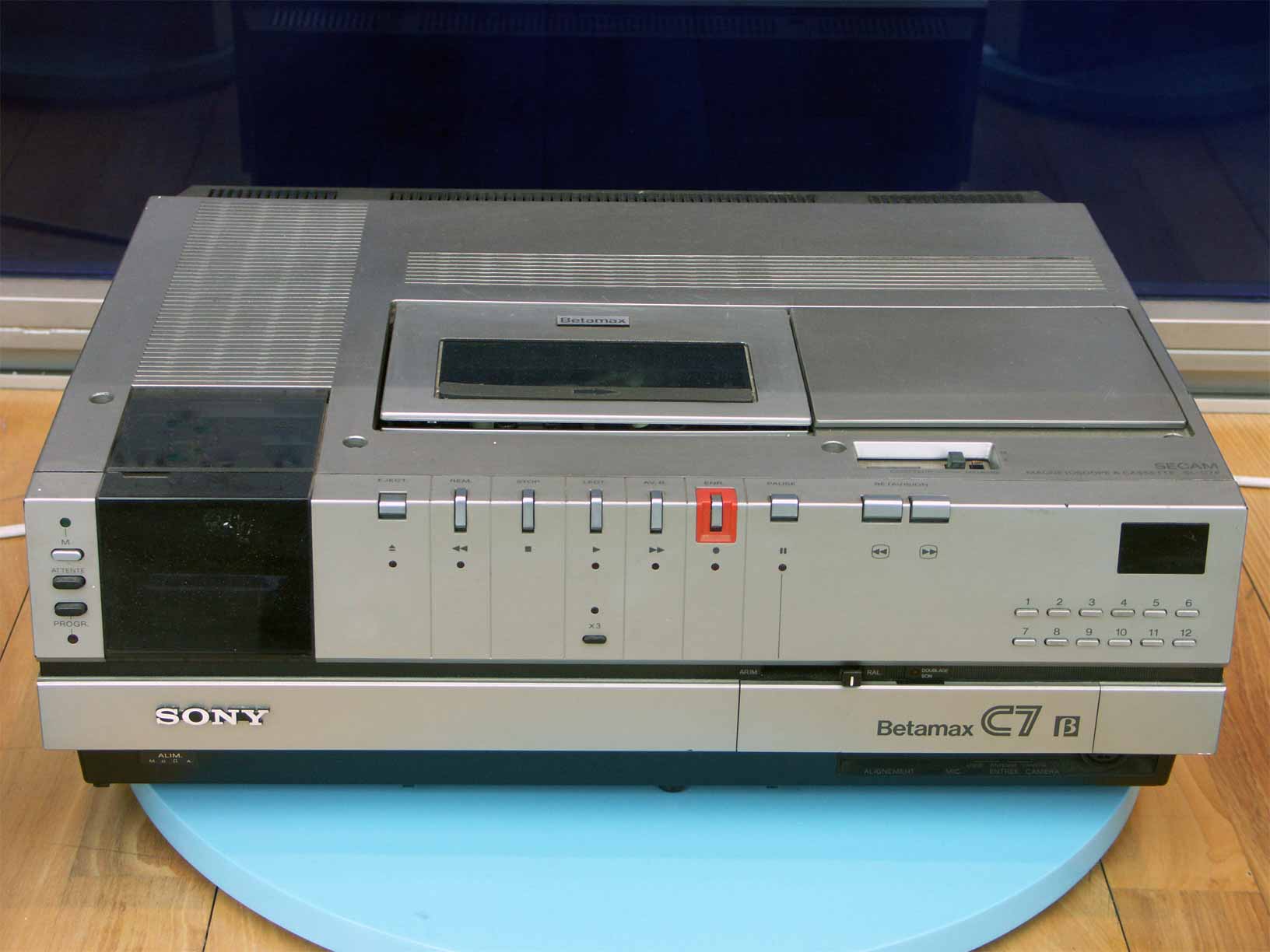
The Betamax videotape and machine are, to be quite frank, a little before my time. Or rather, I remember them when they were on their way out, as we owned one. The Betamax was the rival format to VHS, developed by Sony and eventually phased out due to loss in market share, going from 100% in 1975, to a mere seven percent by 1986. One of the limitations was the shorter tape time, limited to only an hour, as opposed to the VHS’ 2-hour playtime, better suited to Hollywood movies. The Betamax video machine was also more expensive than rival VHS and so consumers flocked to the product that best served them, despite debates as to whether Betamax was the superior format.
Tamagotchi (1996)

Next is the Tamagotchi. This somewhat pointless yet addictive little game is a digital pet, which entered the market circa 1996. The egg shaped toy was small enough to carry around with you as you fed, played with and generally nurtured it into its adult form. The better you look after your pet, the healthier and happier it will be, however as is the case in real life, if you're slack and don't look after it, it will eventually die. A variety of Tamagotchis were released in later years and proved very popular but I can't say this was a fad that I ever particularly subscribed to. I found it worth mentioning even if just to point out how stupid I thought it was.
Nintendo Gameboy (1989)
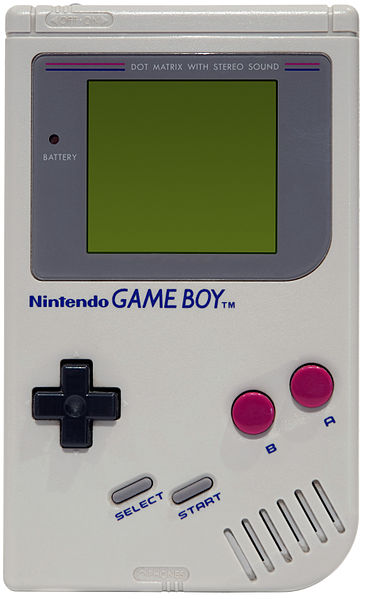
Staying with gaming, and indeed even the same manufacturer, the Nintendo Gameboy was another machine I coveted as a child. I say coveted because I did not in fact, own one. I used to borrow a friend's machine to get my fix every couple of weeks. The original Gameboy (as opposed to the Color or the Advance) was released in 1989 and eventually discontinued in 2003. Small cartridges were inserted into the top of the machine, which was an eerily green-lit screen with monochrome graphics. Although the Gameboy seemed to have some tough competition from Sega, the cheaper price and better battery consumption meant that it was able to sell more units despite the fact that the display was monochrome.
Nes (1983)
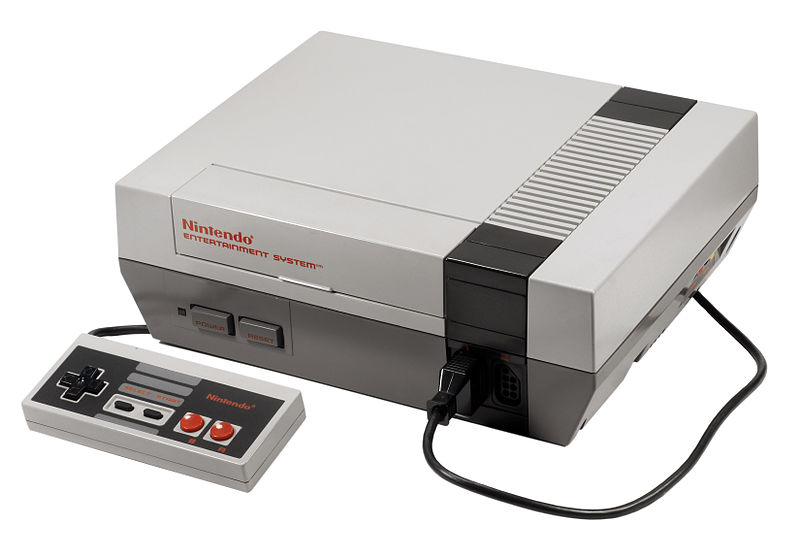
Commodore 64 (1982)

The Commodore 64 (C64) will always be one of the best home consoles of all time. And for most of us, it was our first. There were no digital downloads, DVDs or cartridges. Games were loaded minute by painful minute from a tape. From 1982 until the the advent of the Nintendo, the US$549 C64 ruled the roost. It gets its name from its astonishing 64KB RAM, but the C64 grabbed its true power from the fans, and rampant piracy. Copying a game meant popping the tape into any dual tape deck and hitting “record”. In reality, the C64 became the first social console, as game sharing was hassle-free and popular games like The Last Ninja II, Maniac Mansion, Elite and Bubble Bobble spread like wildfire among the Commodore enthusiasts. The machine was cloned and eventually retrofitted with modern PC components. By the end of its run in 1994, the C64 had sold well over 17-million machines and playing C64 games today is as easy as pie thanks to robust emulation. C64, never forget.
Motorola Dynatac (1983)
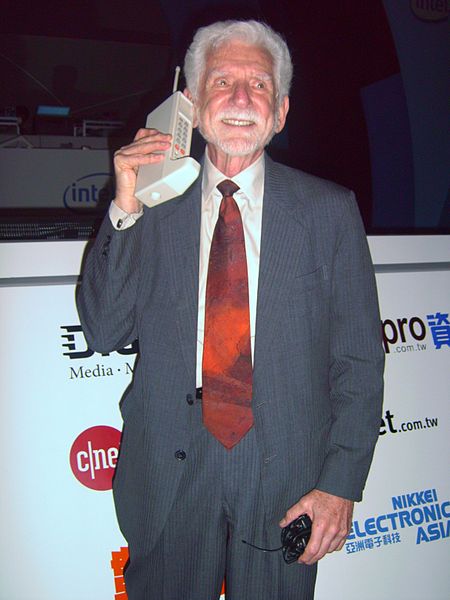
(Dynamic Adaptive Total Area Coverage) from Motorola was the first ever commercially available mobile phone, for the respectful price of US$3995. The year was 1983, Hulk Hogan won the first WWF title and the “A-Team” made its debut on TV. Now’s the time for a mobile phone, thought Motorola. The DynaTAC 8000X weight close to a kilo (790g) was 25cm tall, had 21 keys and a massive antenna. The “phone”,”end call” and “volume” buttons we take for granted now were just glowing rubber keys to the 800x. And the talk time was horrendous - one hour of chatting, followed by a nutty ten hours to charge. It didn’t even run on todays GSM network, but instead trucked with AMPS, a long-obsolete analog network. It now sells for well under it’s original asking price and according to the seller “it turns on and works”.
Personal Digital Assistants (pda’s - 1992)
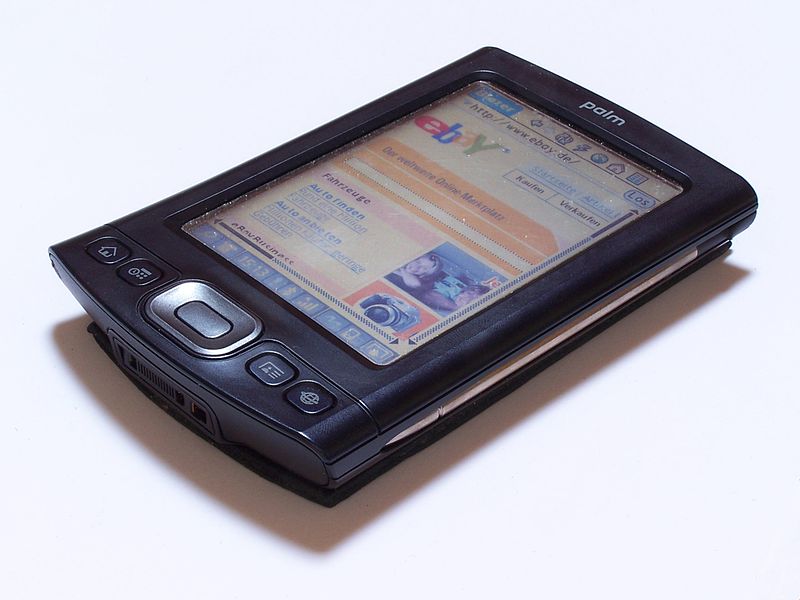
Personal Data Assistants (PDA) were the forerunners to smartphones. Bulky and expensive, the PDA was not a tool for the average user. The first PDA, built by Psion, had a single-row monochrome screen and resembled a big, ugly calculator. It had an astonishing 2KB RAM and a mammoth 0.9Mhz CPU. It had a calculator, clock and electronic diary. As it does with technology, things quickly progressed: we went from Palm OS to iOS in under a decade, dropped the stylus input and manufacturers kept adding in extras such as Bluetooth, memory card slots and wireless synching. Mostly everything we take for granted in our iPhone 5 or Galaxy S IV began on a PDA.
Sega Genesis (1998)

Poor Sega. It produced an endless number of consoles and outside of the Dreamcast, which is not as great as everyone remembers it to be, the Genesis is tops the list as one of the most successful and influential consoles of all time. It had no hope in hell of beating the original Nintendo and Super Nintendo, but that’s down to a matter of taste. The Genesis pushed boundaries, both emotional and technological ones. It had “blast processing”, an 8-16Mhz CPU (depending on when you brought the console), the first ever video game with blood and a fantastic 6-button controller. This was an arcade machine in your home and the list of games is nothing short of legendary. Sonic, Streets of Rage, Toejam and Earl, Phantasy Star, Gunstar Hero’s, these were the games that defined us and helped to usher in a generation of faster, more intelligent titles. Sega shot itself in the foot when it started with the add-0n for the Genesis. The Mega CD and Sega 32X were in a word, terrible ideas and crashed faster than a tween after a Bieber concert. Remember the Sega Genesis for what it was: a solid console that gave once upon a time, gave the mighty Nintendo a run for its money.
Nintendo Game & Watch

From 1980 till 1991, Nintendo brought us the future of handheld gaming: Game and Watch were very simple LCD games with a clock and timer function built into them. There were close to 60 titles and Nintendo sold a very healthy 43.4-million of the suckers. Practically every Nintendo game from the 80s and 90s was turned into a G&W equivalent. Donkey Kong was the most popular, but Zelda, Metroid, Megaman, Summer Games and hundreds more made the cut. The G&W series can still be snapped up online (for some pretty hefty fees) or you can hedge your bets on flash or Nintendo DS version. I remember pushing my finger into the LED screens and watching the liquid crystal dance as it turned the screen into a prism of colors, that’s a fond memory most of us shared.
Simon (1978)

Remember this insanely addictive memory game? Simon (“Simon says”) launched in 1978 and consisted of four buttons that had to be pushed in a certain sequence. A sequence that was determined by Simon and as all good games should, the pattern of lights and sounds ramps up until there’s nothing but a crescendo of rainbow-coloured merriment. Simon is now distributed by toy company Hasbro, but the new version removes the charm of the 80’s toy, turning it into a series of four cubes that have to be shuffled in the correct order. An innovative take on a three-decade old toy, but the wonder of smashing your fist into a four-coloured disc is sadly gone.
Nokia 5110 (1998)

I felt compelled to mention, as this was my first cellphone. Released in 1998, the Nokia 5110 was one of the first phones to feature the game Snake. Yes, this is my fondest memory of this phone, along with the fact that it had customised clip-off covers. In the history of mobile phones, this is one of the most popular models of all time, and with good reason. It had an excellent battery life, could perform all basic functions well, and most importantly in my mind, didn't break when you dropped it!
Classic Gadgets Lead


